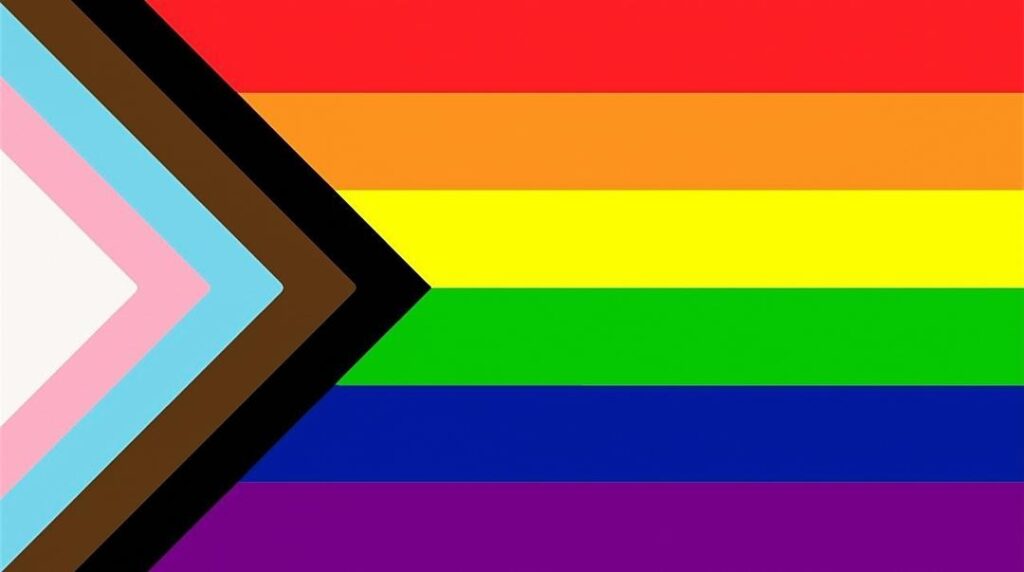Homosexuality is a natural phenomenon which has existed since the dawn of time and has been considered sometimes positively, sometimes negatively, throughout history, depending on the customs and norms of each society.
By Alessandra Ivaldi / 5.12.2020

In antiquity, bisexuality was considered as something that was completely normal. Let’s look, for example, at the cradle of Western Civilisation, that is to say, Ancient Greece. The attitude of the Greeks towards bisexuality is reflected in their mythology. Various deities had homosexual relations with their mortal lovers. According to legend, Zeus kidnapped the fascinating Ganymede, with whom he had fallen in love. In the Iliad Achilles suffers for the death of his lover Patroclus, while the hero Heracles loves the young Iolaus.
Moving onto the real world, we cannot forget the Sacred Battalion of Thebes, an elite body of warriors made up of couples of men united by a love affair. This would contribute to the establishment of a great solidarity among the soldiers and a sense of belonging, which represented one of the greatest strengths of this famous group.

The situation changed in the Middle Ages, when homosexuality began to be condemned and severely punished. This attitude persisted also in the following centuries. Just think of the numerous cases of artists persecuted for their sexual orientation. Oscar Wilde for example, was tried and sentenced to two years of forced labour because of his sexual orientation, an event that deeply marked the last years of his life.
For centuries, therefore, homosexuality has only been considered in two ways: as a crime, a deviance that is dangerous for the rest of society, or as a disease. It was not until the early 1950s that research, conducted in the USA and known as the Kinsey Report, investigated the sexual behaviour and fantasies of a large group of men and women using an anonymous questionnaire. The results of the report revealed that homosexual orientations were much more widespread in the American adult population than was previously thought.

However, it still took several years before the WHO (World Health Organisation) removed homosexuality from the list of mental illnesses and defined it as a “natural variant of human behaviour”. This fundamental event took place in 1990 and is remembered every year on 17 May with the International Day against Homophobia and Transphobia

Today we have the means to understand how our point of view on sexual orientation depends on the historical and cultural contexts. Nevertheless, there is still a long way to go. In fact, the freedom to follow one’s sexual orientation is still not recognised and guaranteed in all countries of the world. Even within our own continent, we cannot help but observe how the LGBTI community is sometimes treated differently from the rest of society and its rights are not recognised in the same way in all European countries. But let us not despair, there are also positive signs, such as the existence of the European Parliament’s LGBTI Intergroup. This is an intergroup, made up of members of the European Parliament from different parties, whose aim is to defend the rights of the LGBTI community, monitor the activities of EU countries and promote initiatives in this area. It currently has 151 members, which means that it represents the largest of the 27 intergroups in the European Parliament.
For further information on the subject, I recommend you consult the following website: https://lgbti-ep.eu/



Recent Comments